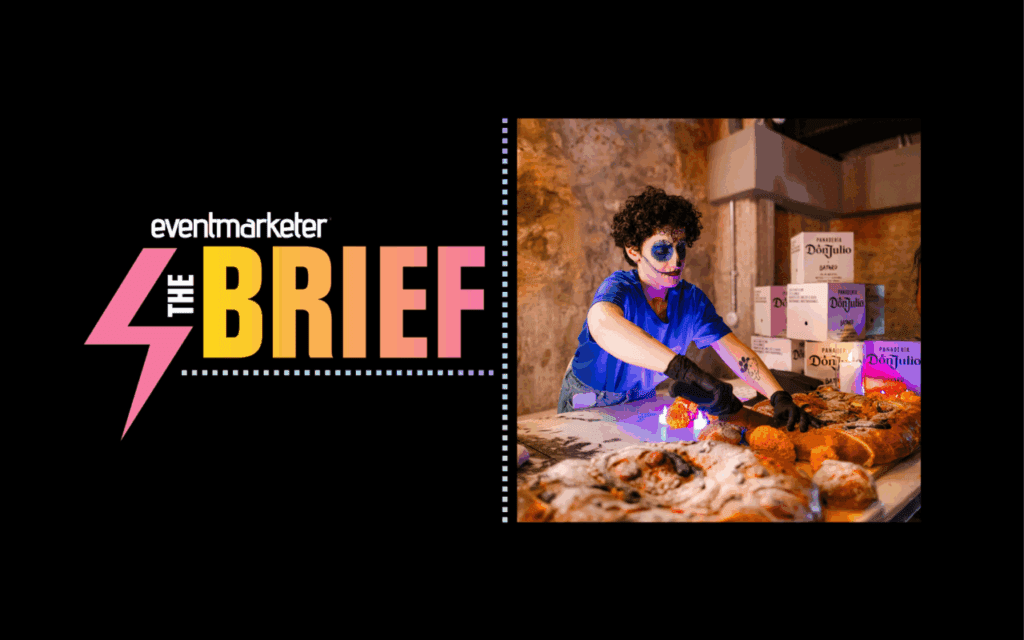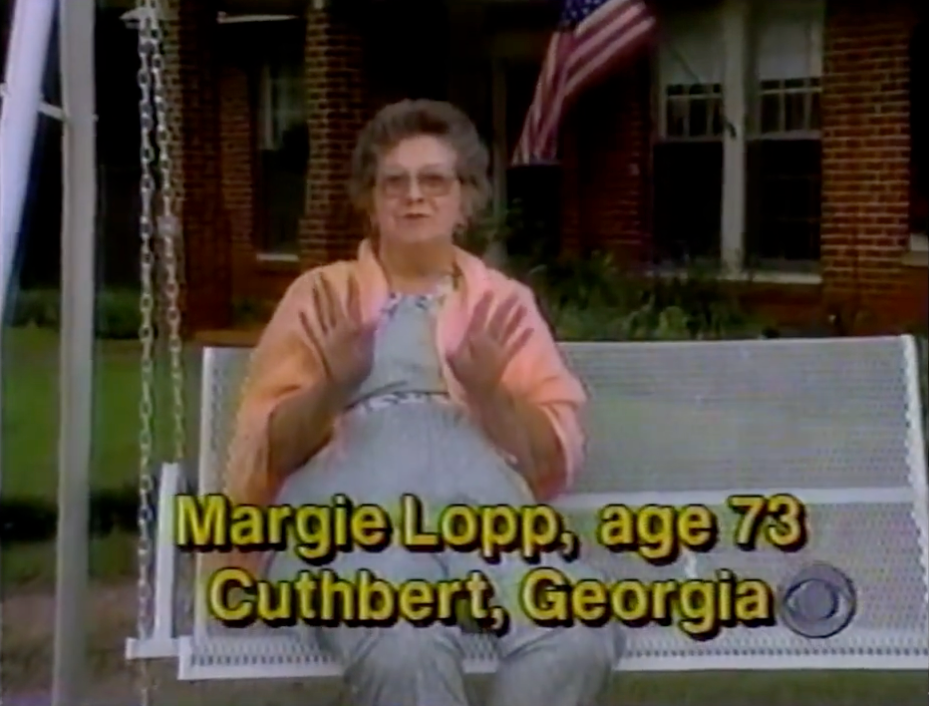The era of Web 2.0 has brought to life a culture of passionate online users—the Netflix enthusiast, the fantasy football participant, the avid Flickr fan, the bakery connoisseur, the RSS/news aficionado. They share an active spirit of participation and the desire to make their niche interests a part of the collective conversation online. They create the dialogue, they direct others to content and they can make branded messaging prolific. All you need do is listen.
Web 2.0 is the practical manifestation of the philosophy of collective intelligence and knowledge. Driven by people’s desire to express ideas and beliefs that are important to them, Web 2.0 has enabled a culture of passionate users who utilize online applications as a means of expression and facilitating dialogue between all users online.
In today’s proactive culture, people do not want to be spoon-fed content, forced to watch commercials, be restricted by paid programming or bombarded by points-of-view they don’t agree with. What they do want is an a la carte menu—the ability to pick and choose the content they consume the way they pick and choose what to eat, drive, and wear.
Blogs, wikis, podcasts, RSS, tagging, AdSense and Adwords have allowed applications like Facebook, MySpace, flickr, del.icio.us, Gmail, and Google Maps to cater to this desire. This has created a participatory user experience that leverages the collective wisdom of everyone who is actively engaged on the web.
The most powerful group of users who deeply engage, create and respond to content online is a segment Yahoo has been defined as passionistas. Motivated by their need to actively share their ideas, opinions and thoughts, they rally attention around particular categories, stories, sites and brands, directing other users to interesting content they have found or created.
Leveraged correctly, relationships with passionistas can shape consumer opinion in your brand’s favor and get people talking. The digital realm is a source of conversation that can be tracked, measured and managed; all you have to do is listen to those who are talking.
“It is not about the consumer’s trust in the brand, but rather it is about building the brand out of the consumer’s innate needs,” said Edwind Wong, director of consumer insights at Yahoo at the “Passionistas, The New Empowered Consumer” conference in September.
Wong’s group at Yahoo conducted ethnographies with 20 passionate users, grouped according to their passion. For example, the Netflix enthusiast who reviews and blogs about every movie she rents; the fantasy football participant who can recite every score and statistic; the photographer and avid Flickr member who tracks photos taken with the same model camera as his own.
Wong concluded that an effective Web site doesn’t just cater to a mass community, but speaks to people who specialize in a particular category. Yahoo, in collaboration with MediaVest and Conifer Research, found that 43% of passionistas spend over 12 hours per week visiting sites related to their obsession. Couple that with the revealing statistics that 70% of engagement through conversation leads to purchase, and more than 50% of consumers would try a new brand if it were associated with their passion, and you start to see a formula for brand success online.
The passionistas make the wheels churn, they spread the word and they can work on your behalf if you let them.
The increasing popularity of the long tail business model reflects the wisdom of playing to niche audiences, that low volume sellers can be a stronger and more effective market than the bestsellers. Amazon, for instance, sells many bestsellers, but they also sell many obscure books. If you add up the total number of obscure books sold, that number would exceed the total number of bestsellers sold.
The Netflix business model is rooted in long tail thinking as well. Subscribers rent large volumes of obscure DVDs and documentaries that exceed the number of blockbuster hits rented.
What does this mean for marketers? People who are communicative about their passion for an obscure or specific interest should not be left out of the marketing mix. In fact, they should be cultivated. In a choice-driven society where all manner of information, products, and services is accessible, people are able to fulfill very specific interests and desires. Web 2.0 is the set of tools that enables this self-sustaining eco-system of niche interests.
The Doritos 2007 Super Bowl campaign nicely illustrates the passionistas’ ability to advocate a brand message via Web 2.0 technology. Ann Mukherjee, vice president of marketing for Frito-Lay, incorporated consumers at the beginning of the creative process so that the Doritos brand could talk with the consumer, not at them.
“Traditionally the brand would mirror the consumer’s lifestyle…let’s not mimic people anymore. Today, we need to be a magnet… let’s draw consumers into the whole experience,” said Mukherjee, vice president of marketing for Frito-Lay at Passionistas conference.
Mukherjee decided to take a risk and replaced the traditional Doritos spot with user-generated content. In what started with a contest, users were invited to submit their own self-made Doritos commercials. As an incentive, the best videos were rewarded with cash prizes, a trip to the Super Bowl, and the ultimate content platform: airing the winning video during the game telecast. To guarantee success, Mukherjee set standards that she adhered to throughout the campaign’s development:
- Recognize that there is risk involved with a user-generated-content initiative, but don’t be afraid to enter the space.
- Trust the consumer; be clear at the onset that you believe in your audience.
- Be sure to give credit to those users who have volunteered their ideas and content; this is a fragile space.
- Stay true to your brand’s identity; remain authentic against all odds.
- Stay flexible; rigidity stifles creativity and the ebb and flow of the medium.
- The idea should drive the medium.
- Have a broad strategy, don’t just push user-generated content for the sake of it, but do it for the honesty and the consumer engagement.
Drawing on these principles, the campaign took shape. Mukherjee had requested a $2 million budget, expecting a return of $10 million. The campaign results exceeded all expectations with a $37 million ROI. A year later, the winning user-generated spot, “Live the Flavor,” has almost 1.5 million views on YouTube.
Smart marketers will set about building relationships with their passionistas in order to engage them as an asset. Web 2.0 is the digital channel through which these conversations can flow. As the Web becomes further inundated with chatter, marketers must train their ears to listen to the people who are most invested.
Carla Ranno is a strategic planner and Shana Lory is strategic planning director at New York-based marketing firm Renegade.
Related Articles:
Finding Your Evangelists
Digital Brand DNA: Who Controls Your Brand?



